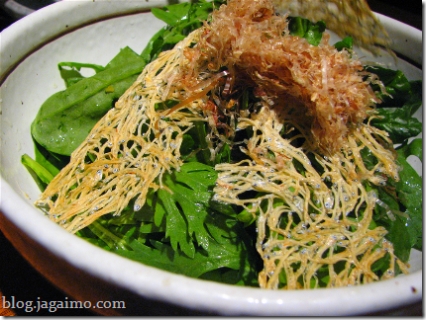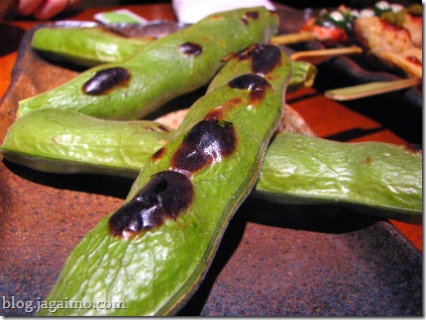May 1st we had an early start... By this time, my jetlagged habit of waking up at 6 am without the aid of an alarm gave way to a more ordinary pattern of begrudgingly getting out of bed around 7:30 or 8. We had to use multiple cell-phone alarms to make sure we woke up in time... We had departed the football game after-party around 11, just in time to get home around midnight to bemusedly consider packing for our short trip to Aomori....
I think most of the serious packing waited until morning, but we had to wake up around 5:30 to make sure we could get to Tokyo station in time to grab breakfast and to make the shinkansen train.
JAL Sky Time Yuzu Original Citrus Drink
I grabbed an overly-sweet yuzu drink from a vending machine to take on the train... I tend to make one that's closer to 4-5% yuzu at home, but mass production has certain cost constraints... the stronger-tasting yuzu drinks in Japan I've found tend to be about 200-300 yen for a small glass bottle... this was a bit more generous in size, but is only 2% fruit juice.
Balance Ekiben
Hiromi picked some reasonably vegetable-heavy bento... There's no such thing as a vegetarian ekiben (train station bento) anywhere in Japan that I've seen.
This one has a little shrimp, so Hiromi ate that part... Perhaps throwing this Balance Bento out of balance? Ah well. I was also a little sad that the takenoko gohan, which I usually love, was filled with tiny bits of chicken or pork...
Yasai Tappuri Haru-Yasai Bento
This one, true to its description, was full of vegetables, but also had its fair share of animal bits.
These would have to do...
The two bento sustained us for the three hour train ride north. At our destination, Hiromi picked up our rental car and took us the rest of the way to our destination, on very little sleep, while I crashed in the passenger seat, mostly oblivious to the length of our trek across Aomori prefecture.


















